A probiotic can be defined as:
“A food or a dietary supplement containing live bacteria that replace or add to the beneficial bacteria normally present in the gastrointestinal tract.“
As part of a wholesome, balanced diet it is important to include some sort of probiotic in your weekly eating schedule. A wide variety of foods contain these probiotics, including:
Sauerkraut
Used in Germany to top hot dogs or as a side dish, this condiment is made from fermented cabbage. Keep in mind, not all supermarket sauerkrauts will have beneficial bacteria. Check if the sauerkraut has been pasteurized because this process will destroy probiotics. Always consult a physician before eating unpasteurized foods while pregnant.
Miso
Soybeans fermented with brown rice produce miso paste, a popular seasoning used in Asian cuisine. The fermentation process is what makes this condiment a source of lactobacillus acidophilus. Since it has a strong, salty flavor and lots of sodium, a little will go a long way! There are reported to be over 160 strains of probiotics in miso, which can be purchased as a paste or as a soup powder from health food stores and some supermarkets.
Kombucha
Kombucha (pronounced cum-bu-cha) is a slightly sweet and fizzy liquid that results when sweet black tea is fermented with a mushroom-like colony of bacteria called a “scoby.” King recommends kombucha as a potent source of probiotics — provided they’re clearly marked on the label. Kombucha tea is said to pack one billion bacillus coagulans and one billion saccharomyces boulardii, two types of organisms that are thought to help and prevent diarrhea. However, because cultures and preparation methods will differ, it’s difficult to pin down exactly what probiotics will be in a given batch of kombucha. See diagram at the end of this article for more details about how to make Kombucha tea.
Yoghurt
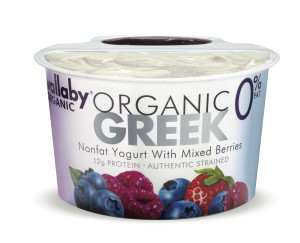 There are tens of billions of bacteria per serving of yogurt? When making this dairy-aisle favorite, producers add cultures of bacteria after milk has been pasteurized, to ensure the bacteria survives. Some brands have more live and active cultures so people have to be aware of reading the labels and go organic wherever possible.
There are tens of billions of bacteria per serving of yogurt? When making this dairy-aisle favorite, producers add cultures of bacteria after milk has been pasteurized, to ensure the bacteria survives. Some brands have more live and active cultures so people have to be aware of reading the labels and go organic wherever possible.
Kefir
A milky beverage originating in Russia and Turkey, kefir is thought to be an even better source of probiotics than yogurt. Made by fermenting goat, cow or sheep’s milk with kefir “grains,” this drink contains ten to 20 different types of bacteria. According to research published in the American Journal of Dietetics, kefir has been proven to help ease lactose intolerance in some adults. Don’t like the tangy taste? Try using kefir instead of milk in your favorite smoothie recipe.
Tempeh
Another food formed from fermented soybeans, tempeh is a firm, white block that’s frequently used as a protein-packed meat substitute for vegans and vegetarians. Keep in mind, it has more calories — but more protein, fiber and probiotic potential than tofu, which is also soy-based.
Sour pickles
Salty pickle spears also deliver a punch of probiotics. Seek out varieties that are brined in water and sea salt instead of vinegar, says Dr. Sam. Vinegar brine won’t allow the beneficial bacteria to grow. Bonus: Pickle juice is rich in electrolytes, and has been shown to help relieve exercise-induced muscle cramps.
Tablets/capsules
A more expensive way of taking probiotics but always an option if none of the foods above are available or desired. Make sure to purchase a quality brand, such as those sold at www.iherb.com.
If you are taking a relatively high dose of colloidal silver each day (say over 50ml per day), it makes sense to eat pleny of pro-biotic foods throughout the week.
Click here to read more articles about nutrition.

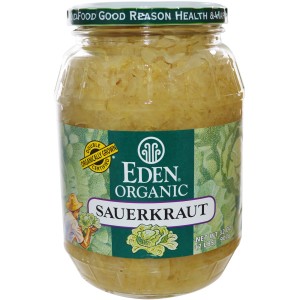

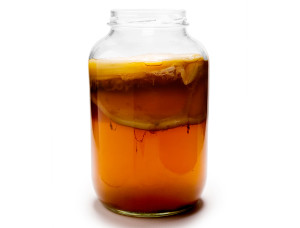
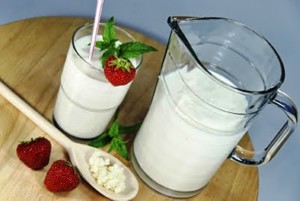
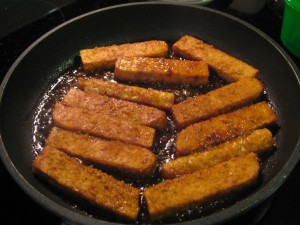
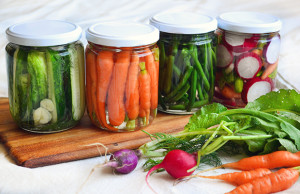
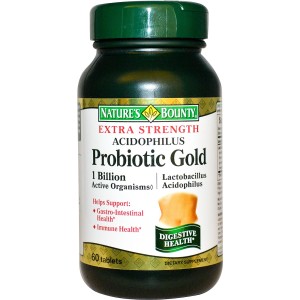
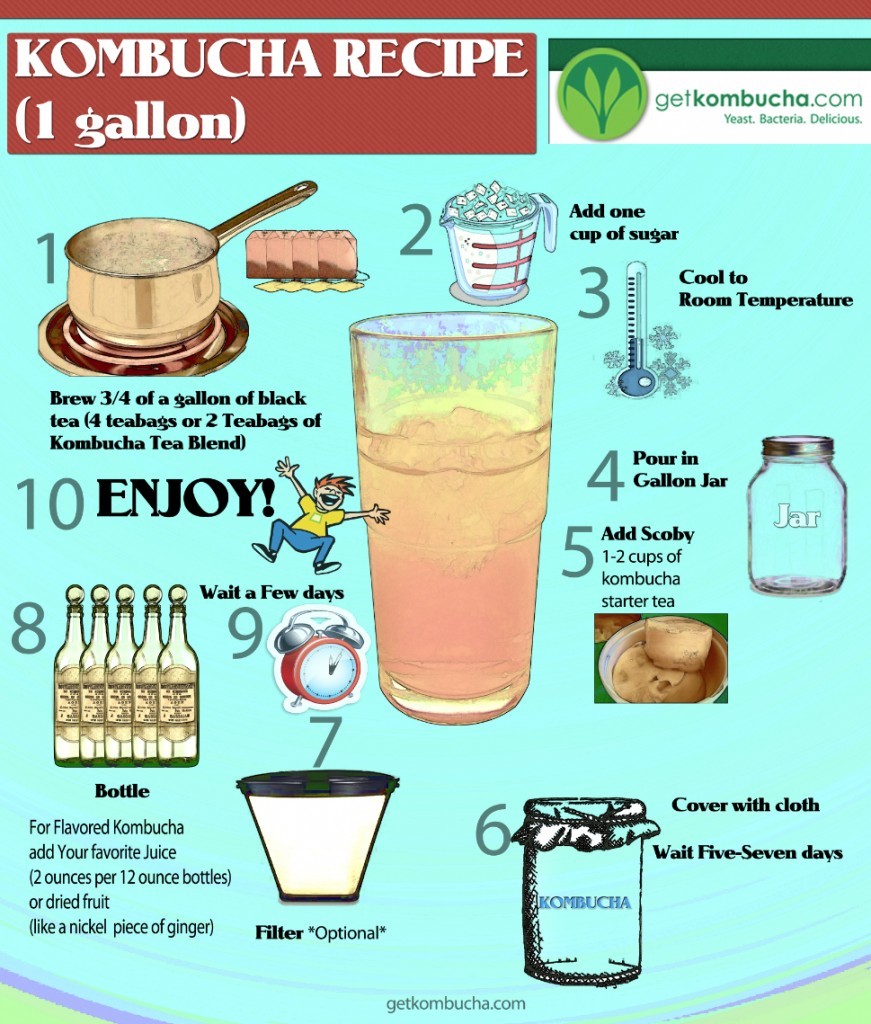
Leave a Reply
You must be logged in to post a comment.